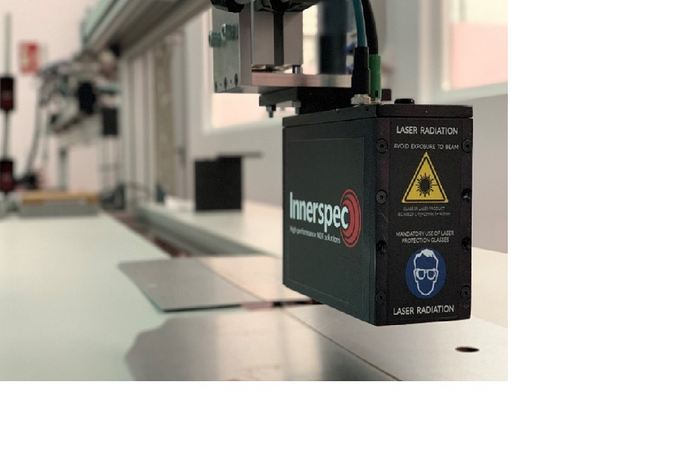It started with a big bang – volcanoes and pyroclastic density currents
The DFAM (Decompression and fragmentation of andesitic magmas during explosive events at open-vent volcanoes) project investigated the processes controlling the formation of pyroclastic density currents (PDCs). PDCs are rapidly moving currents of hot gas and ash that follow explosive volcanic eruptions, presenting a risk to people, property, livestock and crops, and disrupting air traffic. As they spread, PDCs can generate secondary plumes known as Co-PDC plumes. Understanding the generation of Co-PDC plumes and distinguishing between vent-derived and Co-PDC ash in fallout deposits is critical for understanding the dynamics of explosive eruptions. In addition, the contribution of Co-PDC ash is not accounted for in ash dispersion models used during eruptions to decide upon potential airspace closure. Volcanic ash deposits can reveal the mechanisms leading to and controlling explosive eruptions, enabling scientists to understand and predict the behaviour of a volcano. A critical requirement in assessing the risk posed by volcanic ash and in interpreting eruptions is the accurate characterisation of the sources of ash injected in the atmosphere and transported downwind. The DFAM project unravelled the dynamics of the Co-PDC plume formed at the start of the Mount St Helens eruption of 18 May 1980. This was achieved by combining detailed grain size and component analysis with the reanalysis of the atmospheric wind field and satellite images of the spreading ash cloud. Researchers also compiled and reanalysed an exceptional amount of published data related to co-PDC ash. In addition, analogue scaled experiments tools were designed to study the initiation of Co-PDC plumes, which improved understanding of the role grain size and temperature on the formation of Co-PDC plumes. Both activities led to a new understanding of the sedimentation of fine ash from volcanic plume. Improved numerical simulations of the dispersion and sedimentation of fine ash from volcanic plumes were also developed following wide collaboration with other numerical modellers. This represented a significant advance for the scientific community working on ash dispersion and has broadened research horizons. The work of DFAM will have important benefits for agencies modelling ash distribution and assessing and mitigating ash related hazards.







